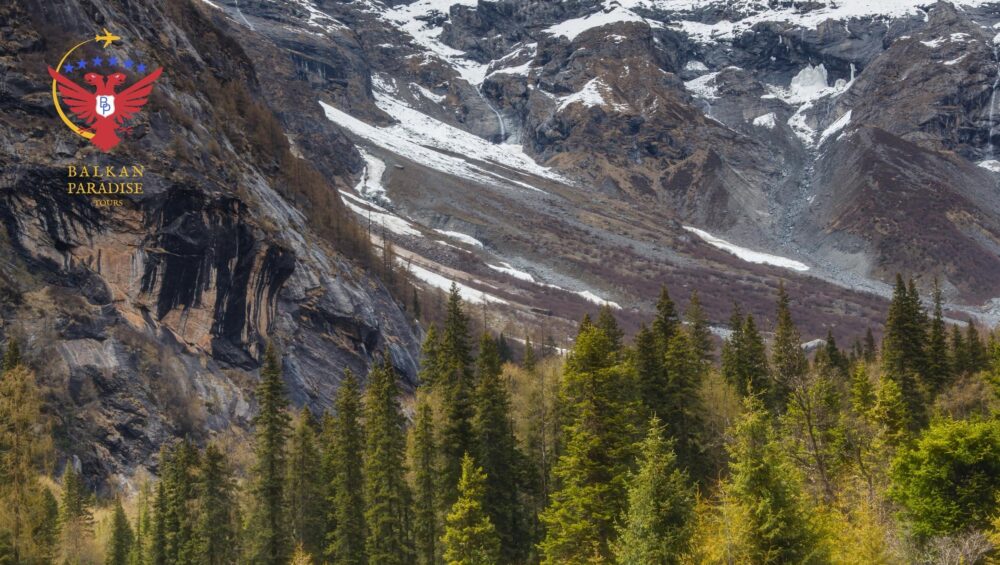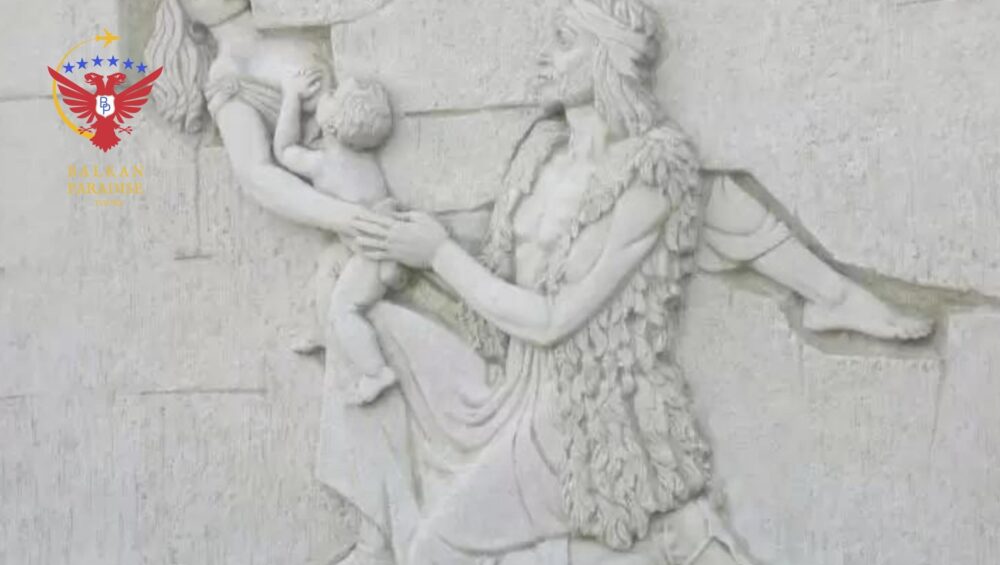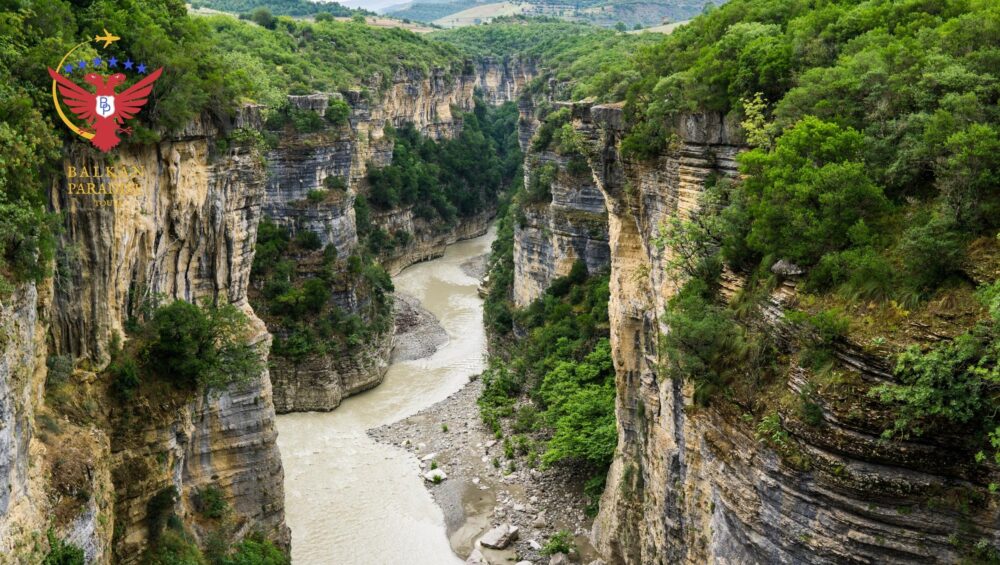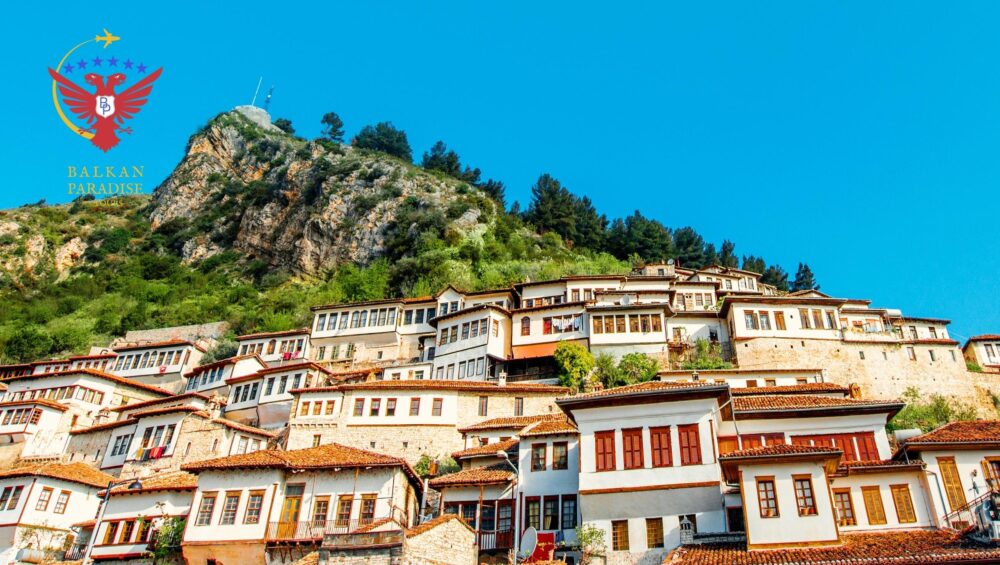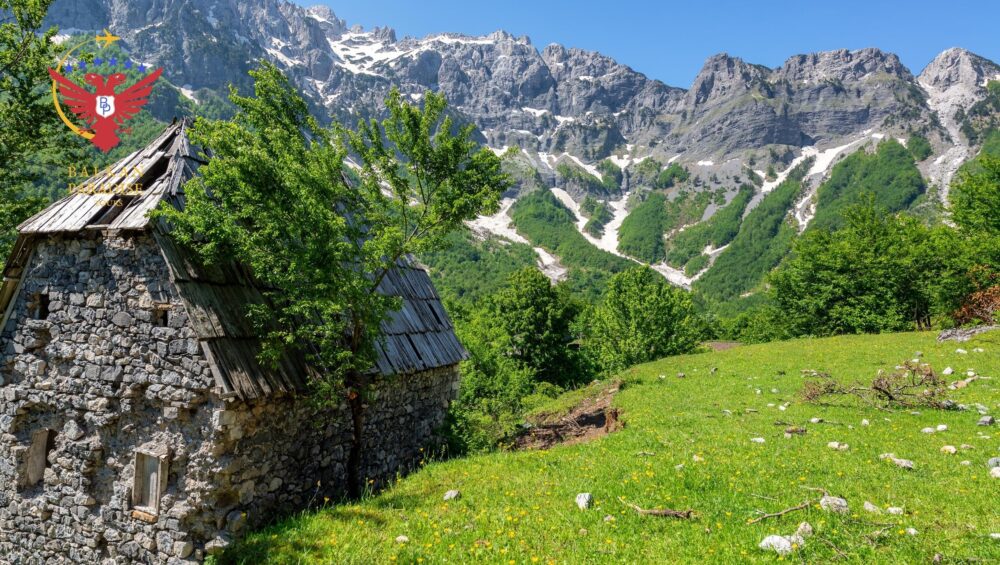Maiden’s Mountain
“Maiden’s Mountain” is a symbol of intense love,
The mountain is a peak located in the northeast of Elbasan city and is shrouded in a legend that has become blurred with the passage of time. It is said that the mountain is a symbol of passionate love, and the story behind this name has been kept hidden by the villagers of Polis.
According to an old man in the village, the legend goes as follows:
Two young people fell in love with each other, but their love was forbidden as the boy was poor, and the girl was the daughter of a wealthy man. The only way for them to be together was through suicide. However, an elder in the village decided to help the young couple, but his decision burdened the boy, as men subject to women’s whims were highly punished at that time. The elder set a condition that the boy had to carry his girlfriend in his arms from the foot of the mountain to the top without stopping. The young man agreed to the condition, and the elders of the village gathered to witness the implementation of the condition. If the boy succeeded, he would be allowed to marry the girl.
The boy started climbing, and in the first few meters, he appeared to be flying, but his ascent did not last long. The elders watched anxiously as the boy struggled to make his way up, encouraging him to keep going. Eventually, he made it to the top, but the great strain had caused his heart to stop beating. In honor of her lover’s supreme sacrifice, the girl decided to follow in his footsteps and jumped off the steep mountain peak, falling about 700 meters into the precipice.
This story of unconditioned love and ultimate sacrifice has been passed down from generation to generation and will forever be remembered as a symbol of true love. The legend of “Maiden’s Mountain” will continue to captivate the imaginations of those who hear it for generations to come.

